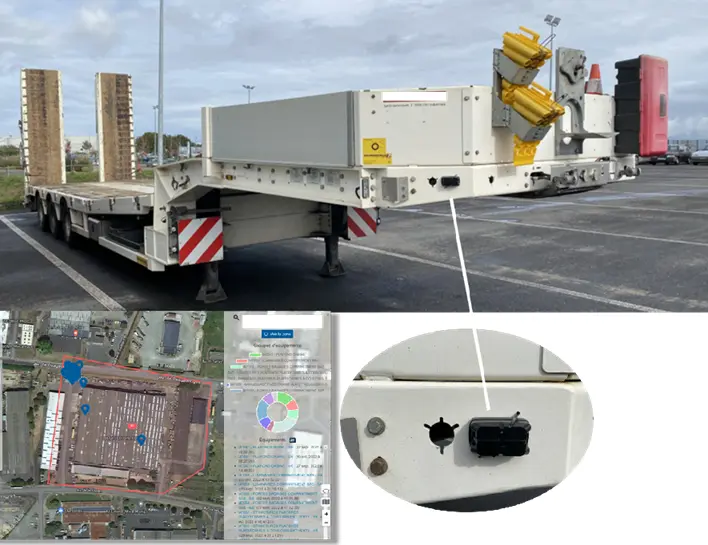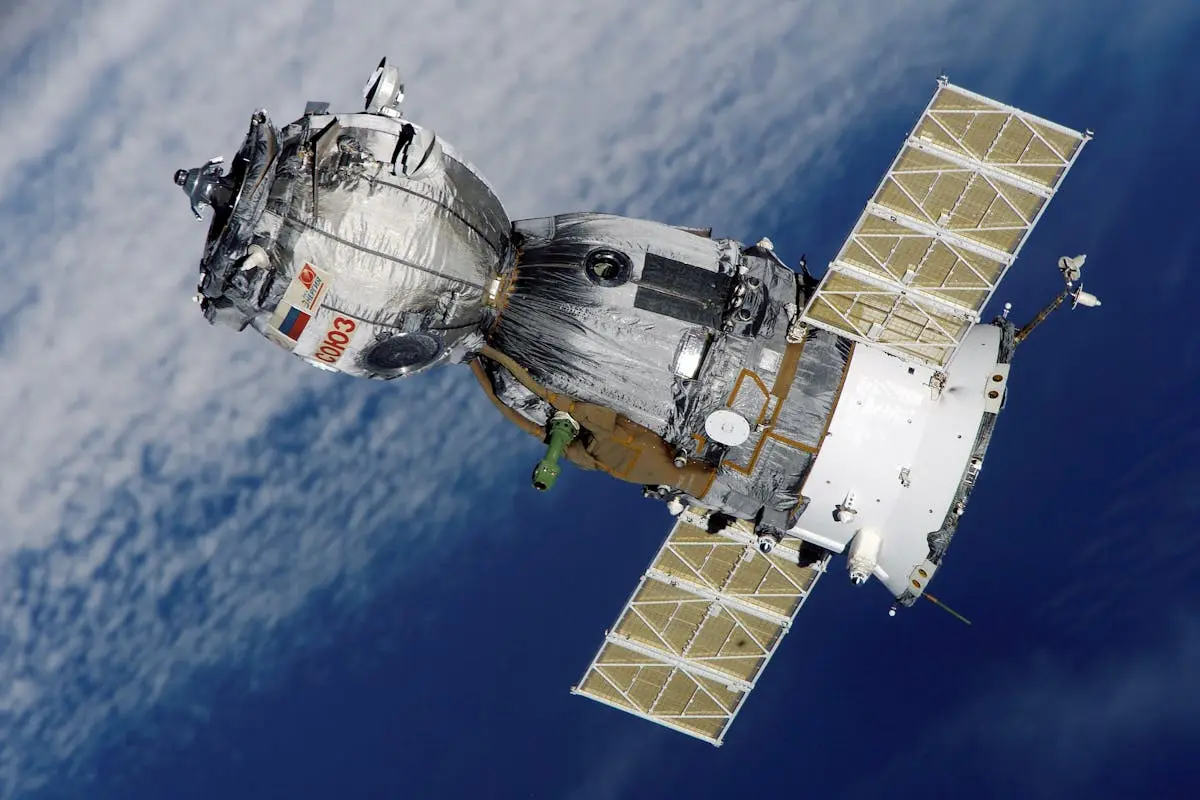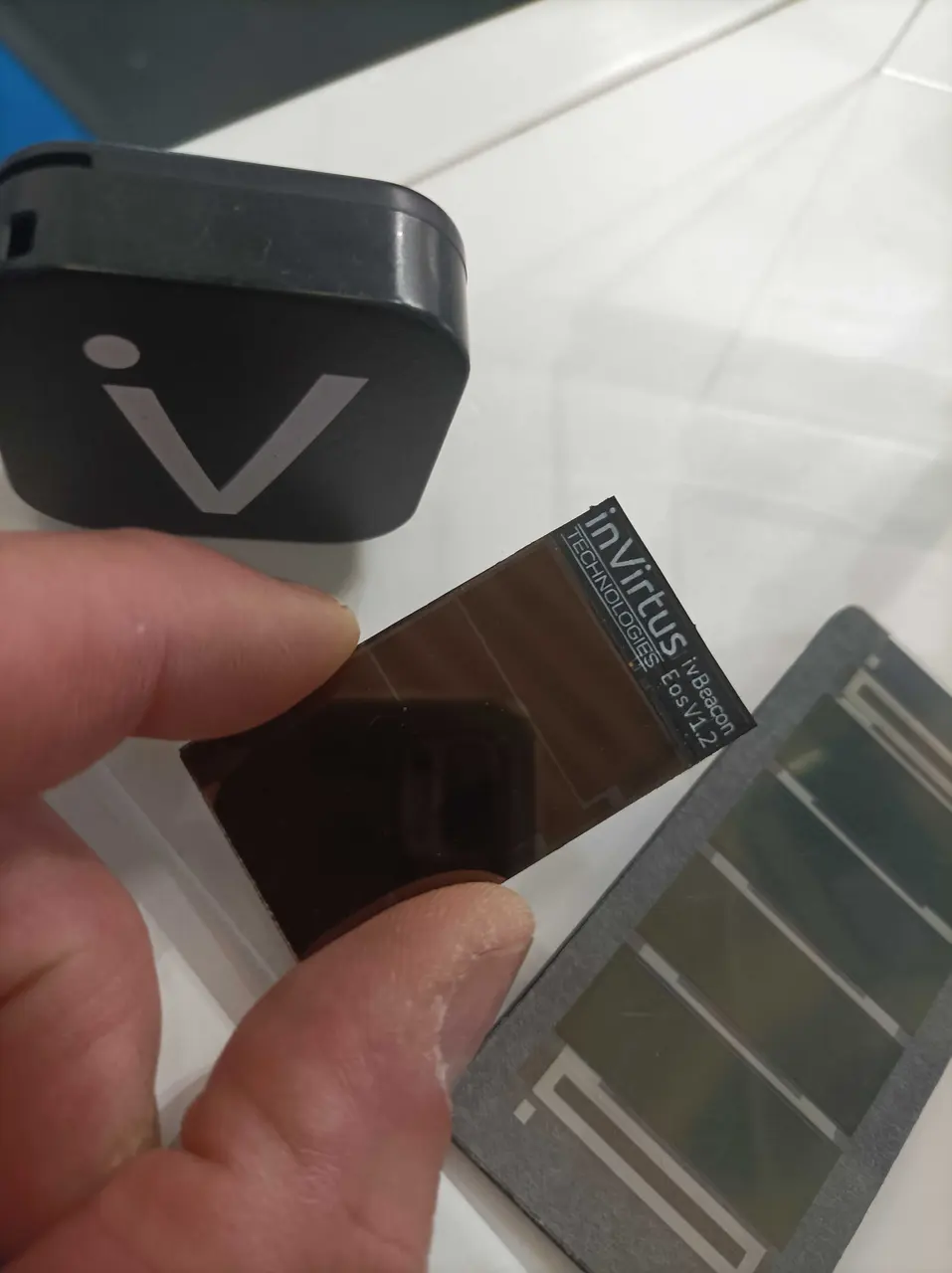Containers Track & Trace: How it improves Efficiency in Logistics Operations?
As businesses strive to optimize their supply chains, tracking and tracing containers has emerged as a critical component.
By utilizing advanced technologies like GPS trackers, logistics operations can enhance their efficiency, reduce costs, and improve customer satisfaction. This blog explores the various ways in which container tracking can transform logistics operations.
Understanding Container Tracking Technologies
Container tracking technologies have revolutionized the way logistics operations manage their freight flows. At the heart of this revolution is the GPS tracker, a device that provides real-time location updates and seamless tracking capabilities. These trackers communicate with satellites, enabling companies to monitor their shipments’ locations across international boundaries. By utilizing a combination of satellite and cellular networks, logistics managers can receive vital information on container whereabouts, significantly reducing the chances of delays and losses.
While traditional methods of tracking relied on manual checks and paperwork, modern technology allows for near-instantaneous updates. This advancement not only streamlines operations but also enhances visibility throughout the supply chain. As production sites connect seamlessly with suppliers and customers, manufacturers can ensure that their containers are monitored every step of the way. Furthermore, advanced tracking systems can relay crucial data, such as temperature or humidity levels, which is particularly valuable for sensitive goods.
In addition, integration with platforms like InVirtus enables companies to employ sophisticated algorithms for predictive analysis, further improving their logistical flow.
Understanding container tracking technologies equips organizations with the knowledge to not only streamline their operations but to also enhance their overall supply chain management.
How GPS Trackers Revolutionize Container Management
GPS trackers are a game changer for container management, particularly for large manufacturing companies with international activities. By embedding GPS tracking devices on containers, these companies can enjoy unparalleled visibility of their assets. This technological advancement means containers can be tracked in real-time regardless of where they are globally—should they cross borders or even be in transit via air freight.
Notably, some GPS trackers are designed to automatically switch to ‘flight mode’ when transported via airplanes, ensuring compliance with aviation regulations while still maintaining tracking abilities.
Furthermore, the results of studies on airworthiness in relation to tracking technology can be informative in determining best practices for integration into aviation processes, as noted in resources like InVirtus.
The logistics industry is on the brink of a technological revolution, making now the perfect moment for companies to embrace these advancements.Moreover, the ability to monitor containers seamlessly as they traverse various logistical flows—from production sites to suppliers or customers—empowers businesses to optimize their supply chains. Businesses that implement these trackers experience a decrease in delays, inventory discrepancies, and significantly enhanced operational efficiency. The integration of technology not only reduces costs but also improves customer satisfaction by ensuring timely deliveries.
Real-Time Visibility and Its Impact on Efficiency
One of the key advantages of using GPS trackers in logistics is real-time visibility. Logistics managers can access live updates from anywhere, enabling quick decisions that boost efficiency. If there’s a delay at a supplier’s site, they can quickly adjust routes or expedite shipping to mitigate disruptions. This instant access to container locations fosters proactive problem-solving, ensuring smooth operations.
In a world where timely deliveries are non-negotiable, having instant access to detailed tracking information can be the difference between a satisfied customer and a lost sale.
Companies can provide accurate tracking information to clients, enhancing transparency and building trust—an invaluable asset in today’s competitive market. Additionally, the ease of access to tracking data reduces the need for manual updates, allowing employees to focus their efforts on value-added activities rather than administrative tasks.
Reducing Costs Through Better Resource Allocation
Cost reduction is essential for manufacturing companies, especially those in international trade. By using GPS trackers, organizations can monitor their containers and gain insights that improve resource allocation. Knowing a container’s exact location helps prevent unnecessary trips or duplicate orders, leading to significant transportation cost savings.
Utilizing data from GPS trackers allows companies to spot trends that optimize supply chain operations. By analyzing shipping time patterns, businesses can improve forecasting and planning, leading to better inventory management and less excess stock. This reduction in inventory ties up fewer resources, driving efficiency and lowering operational costs.
Enhancing Customer Satisfaction with Accurate Tracking
When it comes to logistics, customer satisfaction hinges on one primary factor: reliable, accurate tracking. Implementing GPS trackers enables companies to provide their clients with up-to-the-minute information on shipment statuses. This level of precision in tracking allows businesses to set realistic delivery expectations and minimize frustrations associated with shipping delays.
Additionally, the ability to share tracking information with customers fosters a sense of reassurance and builds long-term relationships. Clients appreciate the transparency and are more likely to remain loyal to brands that prioritize their needs. Consequently, accurate tracking can lead to repeat business, which is essential for sustaining growth and profitability in the manufacturing sector.
Future Trends in Container Tracking Technology
Looking ahead, the future of container tracking technology seems promising with the rapid evolution of innovations. Emerging technologies such as IoT (Internet of Things) and AI (Artificial Intelligence) are expected to play pivotal roles in the logistics industry. Containers equipped with IoT devices can provide even more granular data, thereby enhancing tracking capabilities beyond mere location metrics to include information such as environmental conditions and container integrity.
As businesses strive to navigate the complexities of global trade, integrating these advanced technological solutions will be vital. Companies can expect to see a proliferation of smart containers, which automatically adjust their settings based on real-time data, offering unparalleled security and efficiency.






























